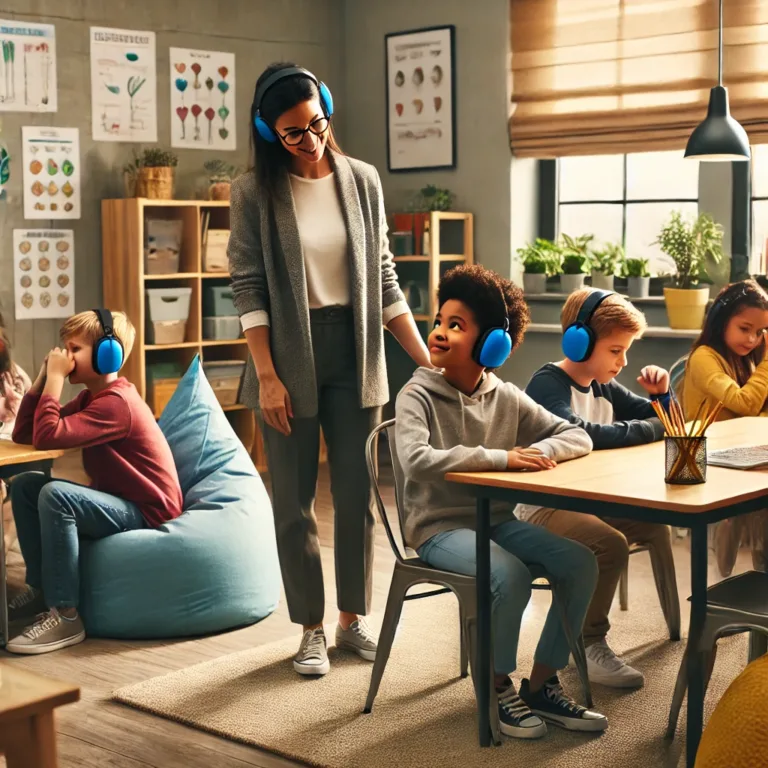No products in the cart.
How the Internet and Technology Can Support Mental Health
The Rise of Technology in Mental Health Care
The integration of technology into mental health care has seen a dramatic increase, revolutionizing how support is provided. Virtual appointments and mental health apps have become more common, offering improved access to services for many. This technological shift became particularly significant during the COVID-19 pandemic, which necessitated adaptations in health care delivery, including mental health services.
Defining Telehealth and Telemedicine
Telehealth encompasses any remote clinical encounter or nonclinical services, like patient education and monitoring, provided through technology. Telemedicine specifically refers to virtual appointments in general medicine or mental health. These services have made health care more flexible and accessible, particularly for those living in remote areas.
Dramatic Increases in Telehealth Usage
The U.S. Government Accountability Office reported significant increases in telehealth services during the pandemic, mirroring a global trend. Before the pandemic, only 7.07% of clinical encounters by psychologists in the U.S. were virtual, which soared to 85.53% during the pandemic. This shift highlights a broader acceptance and reliance on technology in mental health care delivery.
Barriers to Accessing Telehealth
Despite these advancements, certain groups still face barriers in accessing telehealth services. Issues like unstable housing, limited access to technology, or lack of technical skills disproportionately affect those with serious mental illnesses, creating inequities in mental health care access.
Mental Health Apps and Anonymity
There has been a surge in developing mental health apps for support, symptom tracking, and educational purposes. These apps have found popularity, especially among younger generations, due to their anonymity and flexibility. They allow users to seek help without fear of stigma and without the constraints of travel and time off work or school.
The Downside of Technological Support
However, reliance on technology for mental health support comes with downsides. It lacks the interpersonal interaction and guidance from professional mental health care providers, which are critical components of effective therapy. Additionally, the responsibility falls on users to discern and select reliable and beneficial programs, a task that can be daunting.
Addressing the Technology Gap
The current technology gap in mental health care disproportionately affects those with barriers to technology access. This gap represents a significant challenge that needs to be addressed by researchers, technology developers, and the wider community to ensure equitable access to mental health care for all.
Conclusion
In summary, the internet and technology have opened new avenues for supporting mental health, offering flexibility, anonymity, and wider access. However, to fully realize the potential of these tools, we must address the existing barriers and ensure that all individuals, regardless of their circumstances, have equitable access to these vital resources.
Sources:
- “Advancing the Delivery of Mental Health Care With Technology” | Psychology Today



